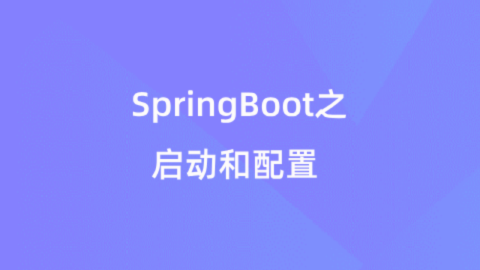转载声明:文章来源https://blog.csdn.net/zsr6135/article/details/119444750
引言
设计模式是可重复使用的编程方案,已被用于各种现实世界的环境中,并被证明能产生预期的结果。在本文中,我们将学习最常见的设计模式之一:工厂模式。
正如我们稍后将看到的,这种模式使我们更容易跟踪程序中创建的对象,从而将创建对象的代码与使用对象的代码分开。我们将研究工厂设计模式的两种形式:工厂方法和抽象方法。
设计模式在程序员之间共享,并随着时间的推移不断被改进。 这个话题的流行要归功于 Erich Gamma, Richard Helm, Ralph Johnson, 和 John Vlissides 写的《设计模式:可复用面向对象软件的基础》,根据他们的名字又把书称为 GOF。
什么是设计模式
一般来说,设计模式帮助程序员创建一个常用的实现模式,特别是在面向对象编程(OOP)中。从设计模式的角度看应用程序的好处 从设计模式的角度看应用程序有很多好处。首先,它缩小了建立一个特定的应用程序的最有效的方法和必要的步骤。其次,你可以参考同一设计模式的现有例子来改进你的应用。
总的来说,设计模式是软件工程中非常有用的准则。
在 OOP 中使用的设计模式有几类,这取决于它们解决的问题的类型和/或它们帮助我们建立的解决方案的类型。在他们的书中,提出了23种设计模式,分为三类:创造模式、结构模式和行为模式。
什么是工厂模式
工厂模式属于创造模式的一种。它提供了创建对象的最佳方法之一。在工厂模式中,对象的创建不向客户端公开逻辑,并使用通用接口引用新创建的对象。
工厂模式在 Python 中使用工厂方法实现的。当用户调用一个方法时,我们传入一个字符串,返回值作为一个新对象是通过工厂方法实现的。工厂方法中使用的对象类型由通过方法传递的字符串确定。
在下面的示例中,每个方法都包含对象作为参数,通过工厂方法实现。
如何实现工厂模式
class Button(object):
html = ""
def get_html(self):
return self.html
class Image(Button):
html = "<img></img>"
class Input(Button):
html = "<input></input>"
class Flash(Button):
html = "<obj></obj>"
class ButtonFactory():
def create_button(self, typ):
targetclass = typ.capitalize()
return globals()[targetclass]()
button_obj = ButtonFactory()
button = ['image', 'input', 'flash']
for b in button:
print(button_obj.create_button(b).get_html())Button 类有助于创建 html 标记和关联的 html 页面。客户端将无法访问代码的逻辑,输出代表 html 页面的创建。
运行结果:
$ python factory.py
<img></img>
<input></input>
<obj></obj>使用 class 关键字设计一个类工厂,无非是创建一个持有一个类的函数。让我们看看下面的代码:
def apple_function():
"""Return an Apple class, built using the
class keyword"""
class Apple(object):
def __init__(self, color):
self.color = color
def getColor(self):
return self.color
return Apple
# invoking class factory function
Apple = apple_function()
appleObj = Apple('red')
print(appleObj.getColor())使用类型,我们可以动态地创建类。但是这样做会把函数和类一起留在命名空间中。让我们看看这段代码,以便更好地理解它:
def init(self, color):
self.color = color
def getColor(self):
return self.color
Apple = type('Apple', (object,), {
'__init__': init,
'getColor': getColor,
})
appleRed = Apple(color='red')
print(appleRed.getColor())上面的代码显示了如何动态地创建类。但问题是,init 和 getColor 等函数会使命名空间变得杂乱无章,而且我们也无法重复使用这些功能。而通过使用类工厂,你可以最大限度地减少杂乱,并在需要时可以重用这些功能。让我们看一下下面的代码。
def create_apple_class():
def init(self, color):
self.color = color
def getColor(self):
return self.color
return type('Apple', (object,), {
'__init__': init,
'getColor': getColor,
})
Apple = create_apple_class()
appleObj = Apple('red')
print(appleObj.getColor())参考链接:
https://realpython.com/factory-method-python/
https://www.geeksforgeeks.org/class-factories-a-powerful-pattern-in-python/






帖子还没人回复快来抢沙发